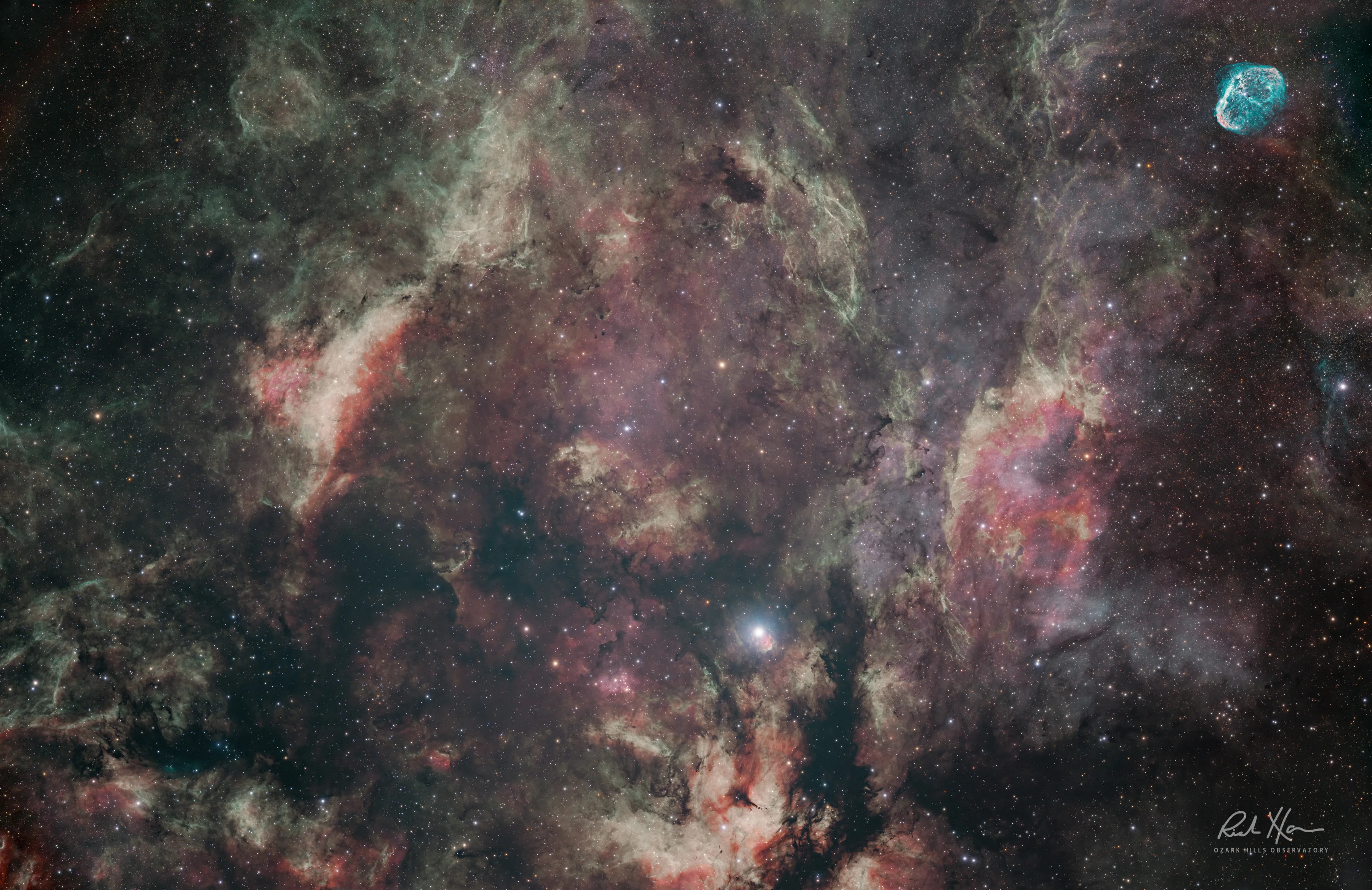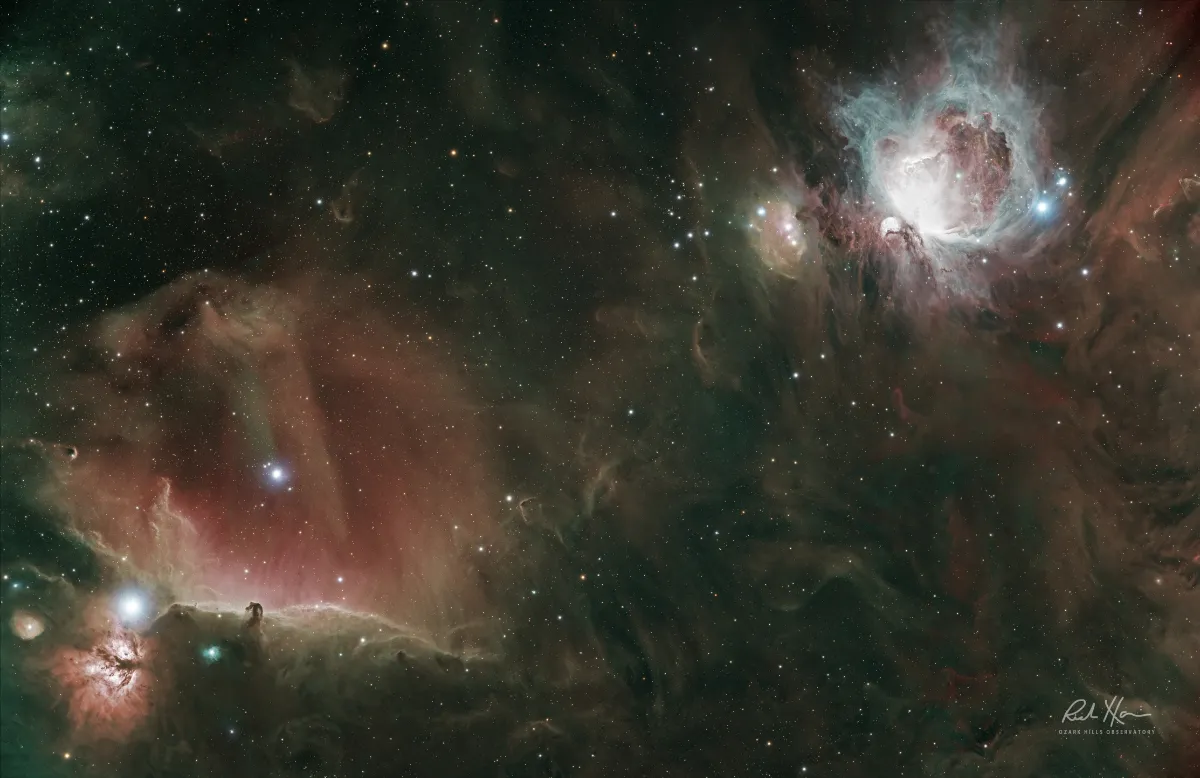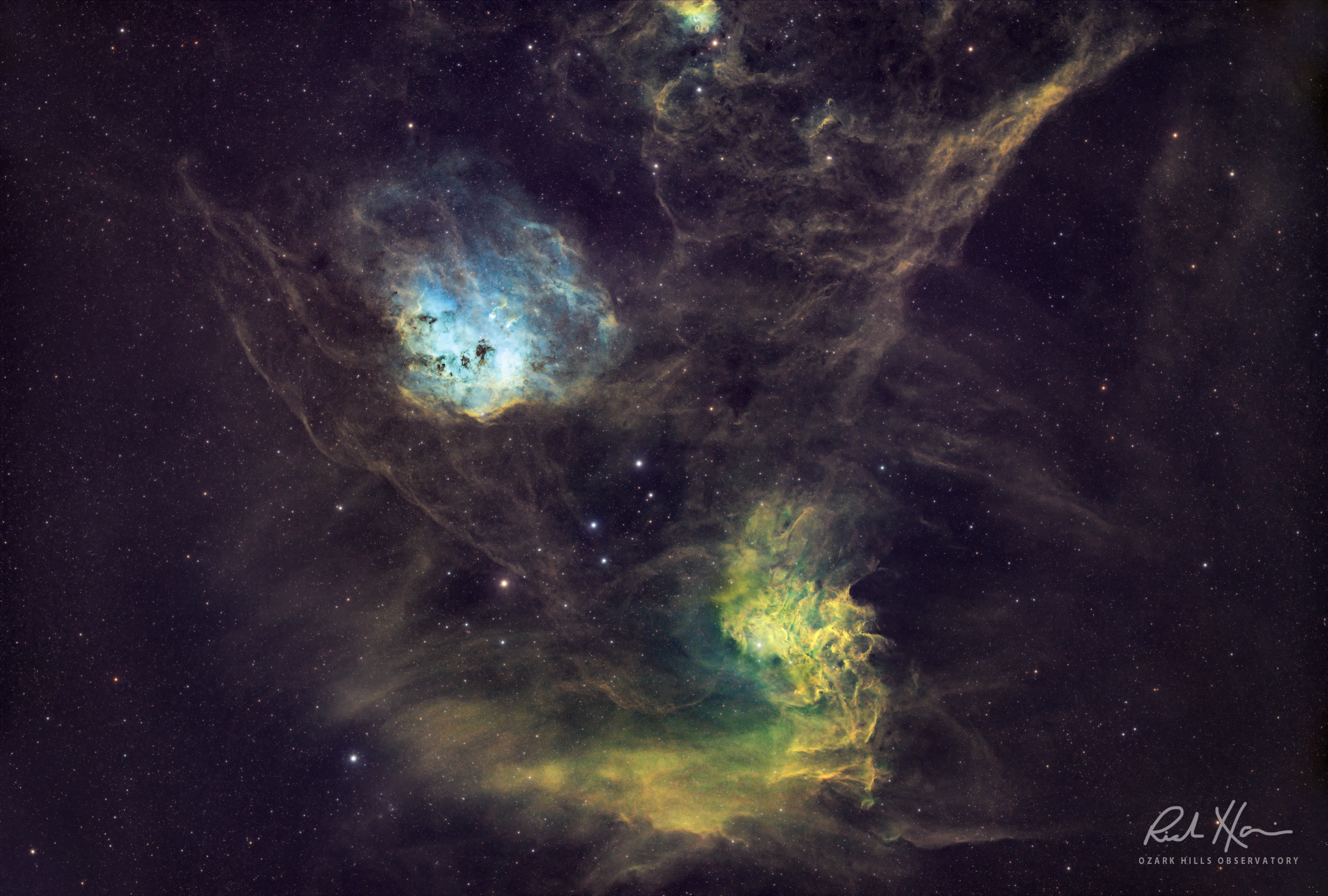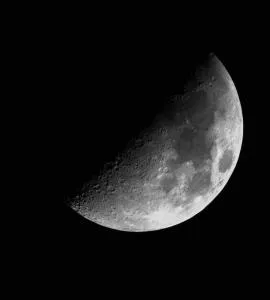Ozark Hills Observatory gains access to Chile based 24 inch PlaneWave telescope
Exciting news! The Ozark Hills Observatory has gained access to a 24 "PlaneWave telescope based in Chile! This remarkable partnership will significantly enhance our ability to explore the cosmos, unlocking new possibilities and bringing the wonders of the universe closer to us. Get ready for breathtaking images and groundbreaking discoveries as we delve deeper into the mysteries of the stars!
Exciting news for us here under the Missouri skies! The Ozark Hills Observatory has recently gained access to a state-of-the-art 24" PlaneWave telescope based in the super clear skies of Chile. This remarkable oppertunity marks a significant milestone in our journey to explore the vast and mysterious cosmos. All of our own equipment will still be in operation as well.
We were sent sample data from the Chile team before we commited to the partnership. Be sure to check out our Centaurus A NGC 5128 processed image.
The PlaneWave 24" Telescope
The PlaneWave telescope, renowned for its advanced technology and precision, will serve as a powerful gateway to the universe for Ozark Hills Observatory. Situated in Chile, the telescope benefits from optimal atmospheric conditions, allowing for clearer and more detailed observations of celestial bodies and phenomena.
The CDK24 is an innovative telescope for unsurpassed astroimaging, research, or satellite tracking.
- f/6.5 and 3974mm focal length.
- No coma, no off-axis astigmatism, and no field curvature.
- Pinpoint stars across a 70mm image circle.
- Rock solid fused silica mirrors with low thermal expansion.
- Carbon fiber optical tube assembly for rigidity and fast cooling.
Unlocking New Possibilities
With this new addition to our arsenal, we are unlocking endless possibilities in astronomical research (but still utilizing our own amazing equipment local to the observatory). But the enhanced capabilities of the 24" PlaneWave telescope will enable us to delve deeper into the mysteries of the stars, galaxies, and nebulae, bringing breathtaking images and groundbreaking discoveries to the forefront.
So what camera will we be using on the 24" Telescope?
C3-61000 PRO CMOS camera with "full frame" (36x24mm) format sensor Sony IMX455
CMOS sensor 9600 x 6388 pixels, ("industrial grade")



The scope is located at the Obstech site at El Sauce, Rio Hurtado, Chile.
About the Author

Meet Richard Harris, a passionate and dedicated astronomer who embarked on a cosmic journey at the age of 11 and has been reaching for the stars ever since. Born with an innate curiosity for the universe. Richard's fascination with astronomy ignited when he first gazed up at the night sky and felt an indescribable connection to the cosmos and creation. As a younger lad, Richard spent countless hours poring over astronomy books, studying constellations, and learning about the celestial wonders that grace our skies. In 2001, Richard invented the HyperTune telescope process, which has grown into the standard for German equatorial telescope mount tuning across the globe. He is also the founder of ScopeTrader, a global resource helping to grow the hobby of astronomy which started in 2002, and the CEO of Moonbeam software company, started in 2008. When he's not taking photos of our universe, you can find him with family, playing guitar, or traveling.











